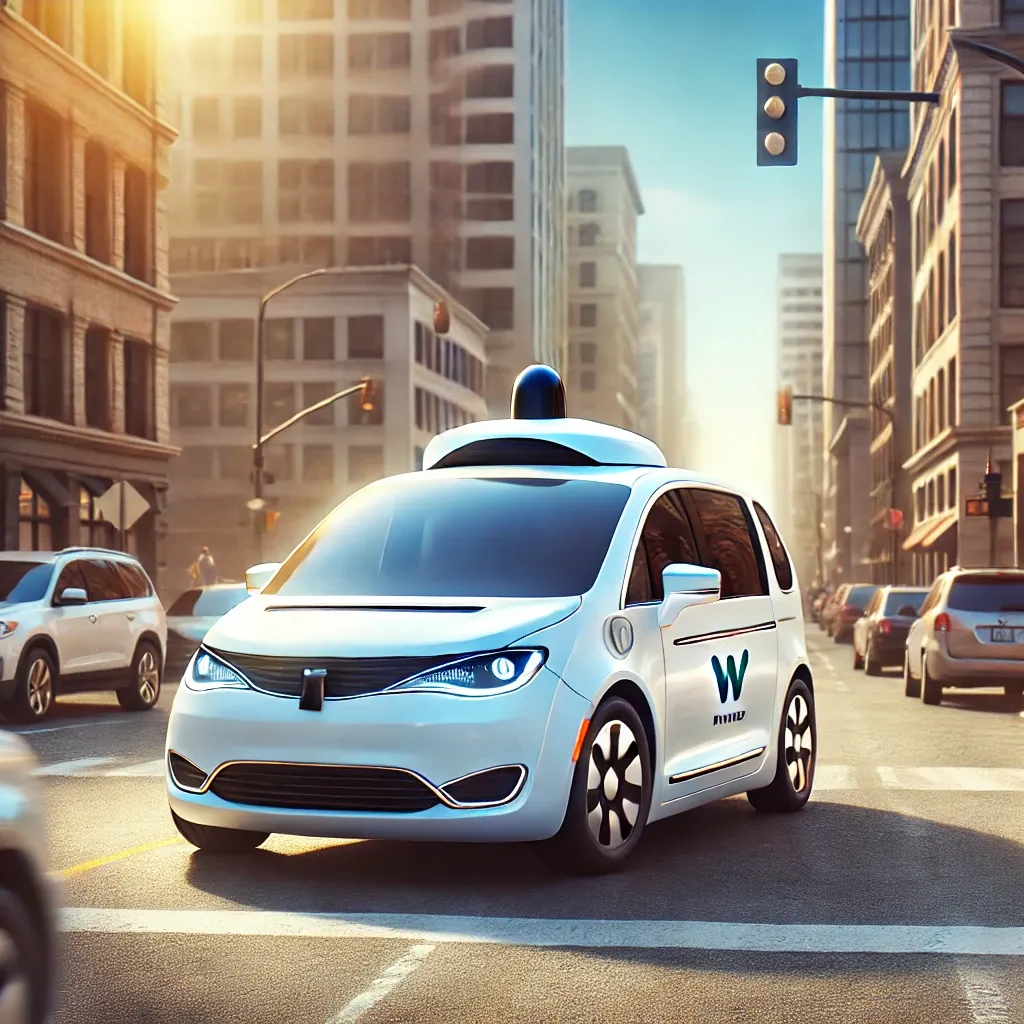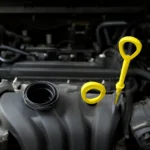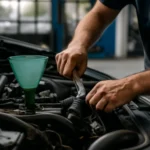What makes Waymo stand out in the autonomous driving industry? Explore how Waymo leverages advanced LiDAR sensors, robotaxi services, and innovative methods to redefine modern transportation.
Waymo Autonomous Driving
Waymo has established itself as a leader in the autonomous vehicle space, pushing the boundaries of technology to make self-driving cars a reality. As a subsidiary of Alphabet Inc., Waymo focuses on creating a world where transportation is more accessible, safer, and more efficient. The core of Waymo’s success lies in its advanced self-driving technology, capable of navigating complex urban environments without human intervention. This achievement positions Waymo as a pioneer among competitors in the autonomous driving ecosystem.A Waymo vehicle can drive autonomously under various conditions, thanks to real-time processing algorithms that interpret road data. The system is equipped to predict and respond to surrounding traffic dynamics—whether handling busy intersections or detecting sudden obstacles like pedestrians or animals. Waymo’s driving capabilities have passed several benchmarks through both simulations and real-world trials, setting the stage for a safer future of autonomous vehicles.
- Features AI-powered route optimization for faster travel times
- Equipped with onboard cameras and radar sensors to support LiDAR technology
- Designed to avoid accidents by predicting multiple possible future scenarios
- Capable of operating without a human driver in most urban scenarios
- Meets stringent safety benchmarks required for public deployment
The future of autonomous vehicles is intertwined with reliability, and Waymo continues to demonstrate consistent progress in this domain. The promise of safer roads, reduced congestion, and fewer accidents depends on adopting these solutions across cities.
Waymo Robotaxi
Waymo’s robotaxi service, Waymo One, is a bold initiative aimed at revolutionizing public transportation. It operates in select cities, offering customers a fully autonomous ride without the need for a driver. Passengers can book these vehicles using an app, similar to popular ride-hailing services like Uber or Lyft, but without the need for human interaction.The concept of a driverless taxi service not only reduces human error but also makes transportation available around the clock. Robotaxis benefit both the general public and city infrastructure by minimizing traffic congestion and cutting down emissions through optimized travel routes.
- Available through the Waymo One app
- Operates primarily in Phoenix, San Francisco, and other pilot cities
- Offers ADA-compliant rides for passengers with accessibility needs
- Reduces downtime between rides by using real-time demand predictions
- Built on electric vehicles to promote sustainable urban mobility
Waymo’s robotaxis serve as a glimpse into the future of urban transportation, where convenience and safety are prioritized. The company aims to scale its service across multiple cities, accelerating the transition toward autonomous public transit.
Waymo Lidar
A fundamental component of Waymo’s autonomous system is its LiDAR technology. LiDAR—Light Detection and Ranging—helps vehicles build a precise, three-dimensional map of the environment. These sensors emit laser pulses to detect objects, calculate distances, and assess surroundings with remarkable accuracy. Unlike traditional cameras, LiDAR sensors function in both bright sunlight and darkness, ensuring reliable performance under various conditions.Waymo has developed its proprietary LiDAR sensors to achieve high-definition mapping and object recognition. These sensors allow vehicles to detect other road users—cars, cyclists, pedestrians—and navigate around them efficiently.
- Uses 360-degree LiDAR coverage to ensure accurate detection
- Operates efficiently under harsh weather conditions, including fog or rain
- Reduces processing load by filtering irrelevant environmental data
- Provides centimeter-level precision for accurate road navigation
- Compatible with radar and camera sensors to create a full perception suite
Waymo’s success with LiDAR reflects the company’s engineering focus on creating a robust and dependable system for autonomous driving. The advancement of these sensors represents a significant leap in the broader development of self-driving cars.
Conclusion
Waymo has positioned itself at the forefront of autonomous vehicle innovation with cutting-edge autonomous driving, scalable robotaxi services, and highly effective LiDAR sensors. By focusing on reliability, sustainability, and safety, Waymo aims to redefine transportation in modern cities. Its efforts mark the beginning of a future where transportation is safer, more accessible, and environmentally conscious. As Henry Ford once said, “Coming together is a beginning; keeping together is progress; working together is success.” With its persistent innovations, Waymo continues to transform not just how we move, but how cities evolve.






